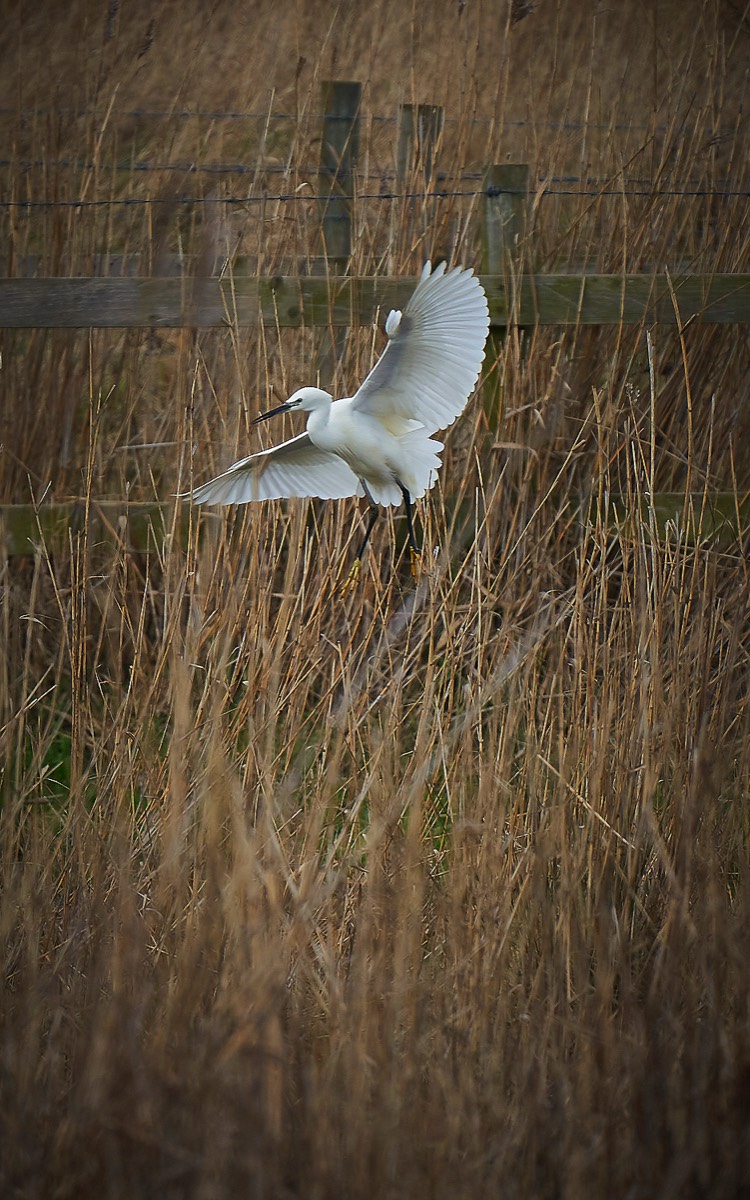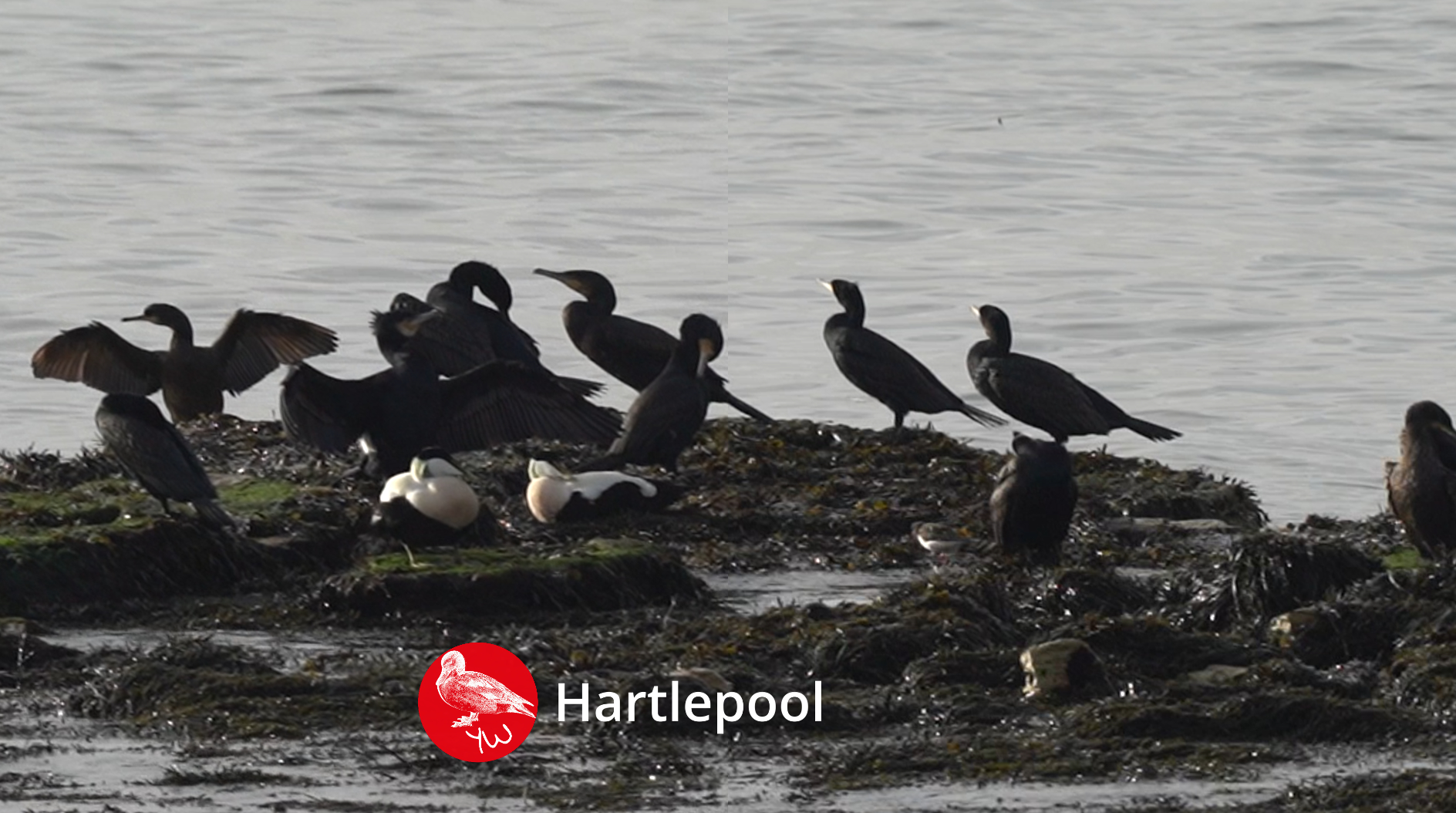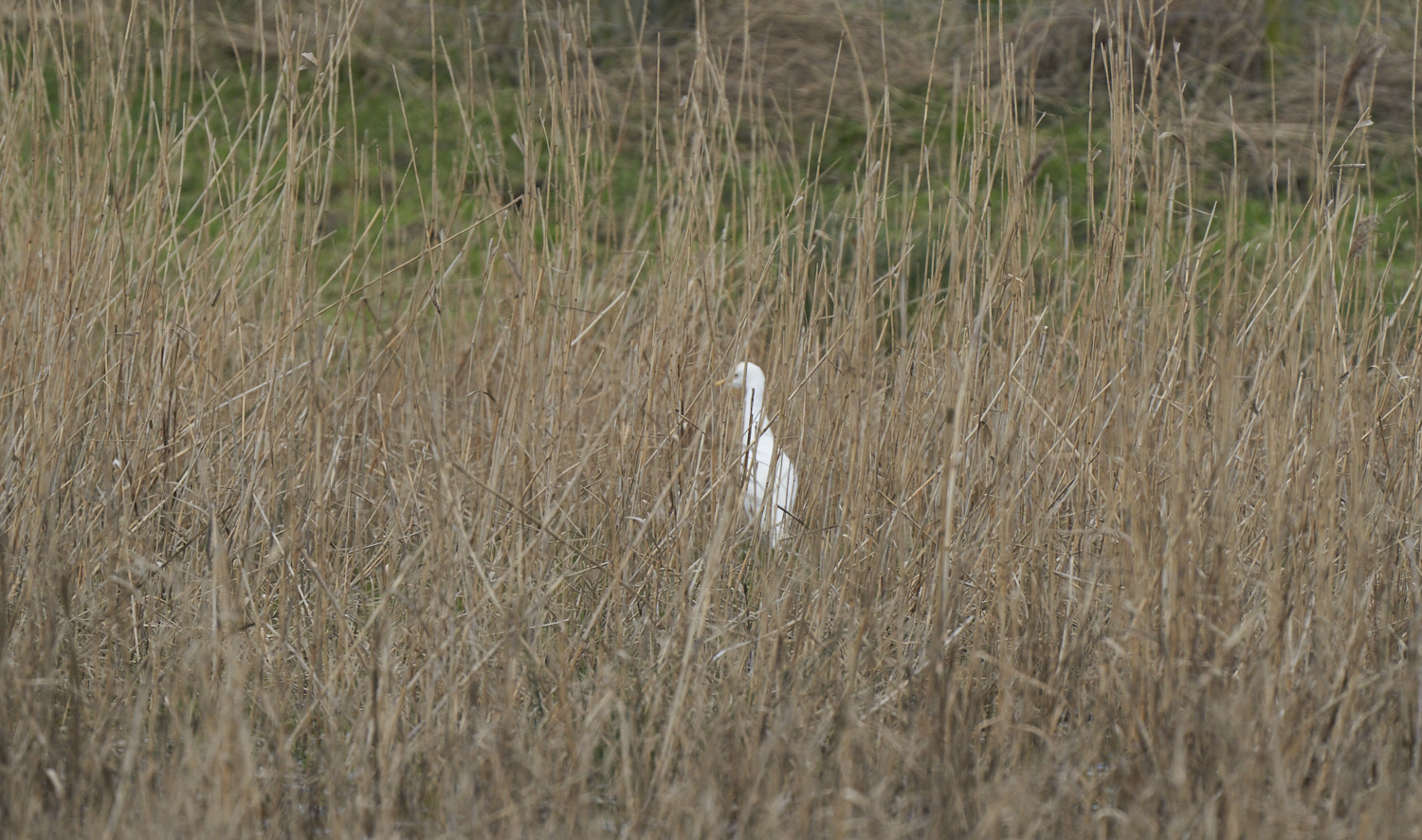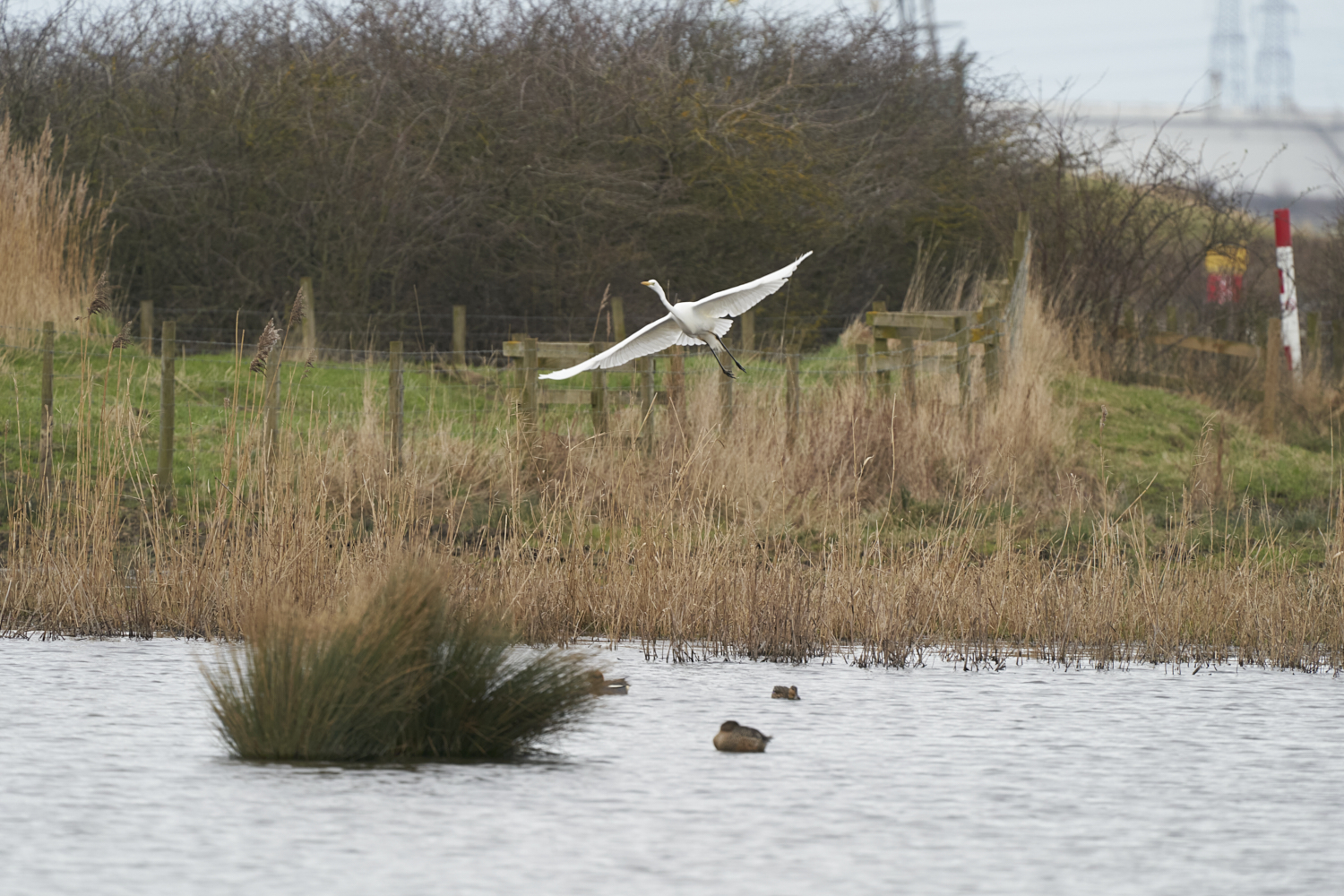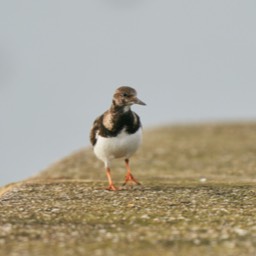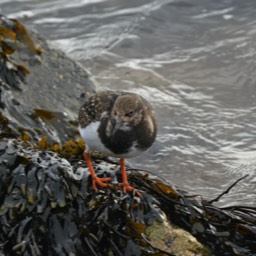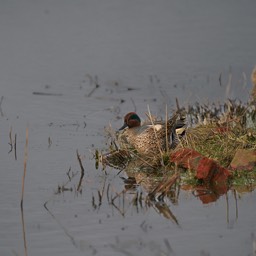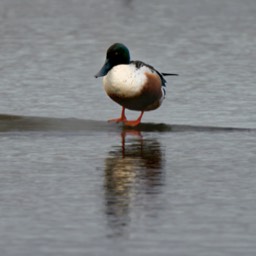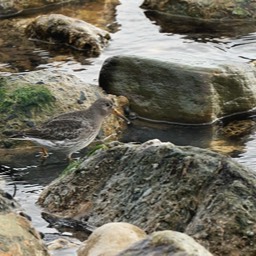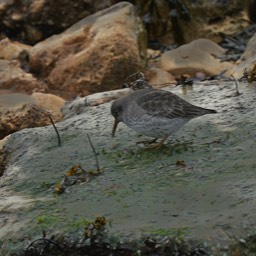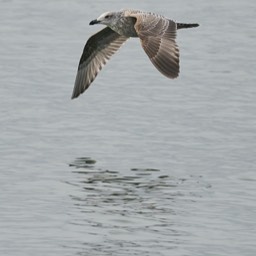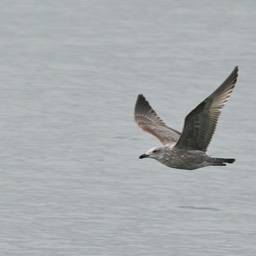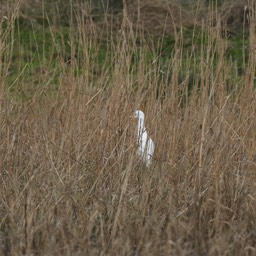Hartepool, Salthome & Redcar Beach.
The hardest to see is the very well camouflaged Purple Sandpiper who hang out with gangs of Turnstone on the rocky foreshore as they forage for food. This really is a great place to see birds, as you walk you often have good numbers of seabirds flying in and out or just flying past. Then within a 100 metres you have a breakwater often with Cormorant and the occasional European Shag Gulosus aristotelis and a tiny bit of beach sometimes with Sanderling and Purple Sandpiper. Keep walking through the children's play area and you come to a larger expanse of sandy outcrop that can hold anything so don't ignore.
Keep an eye on the "sheltered" sea here for Eider, Common Scoter, Velvet Scoter and anything else from Grebe to Divers.
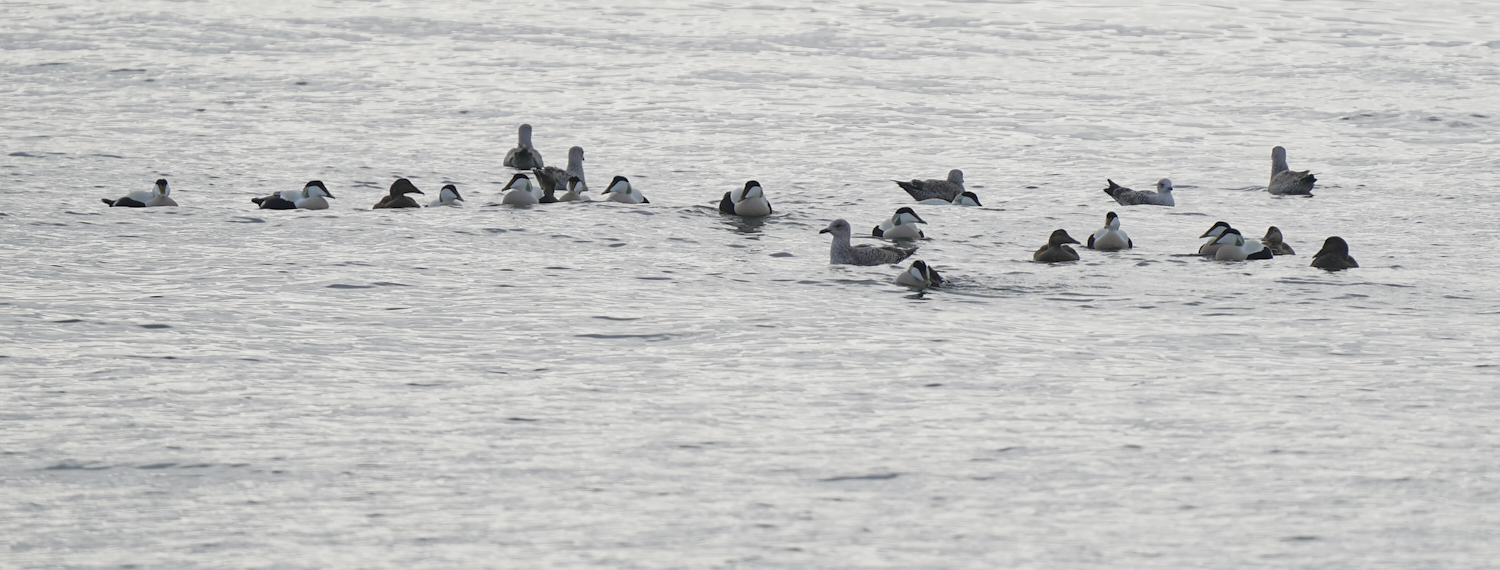
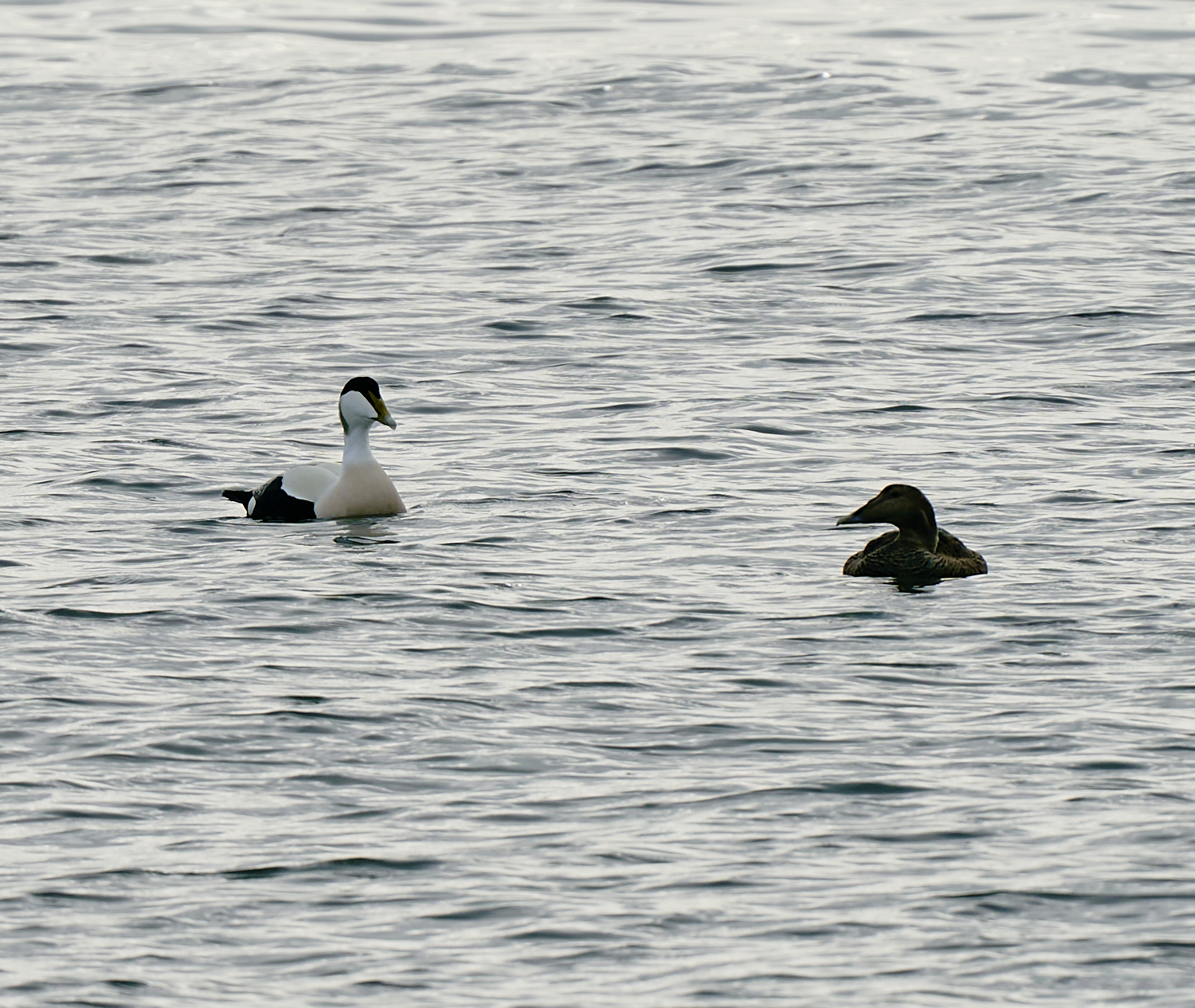
Purple Sandpiper
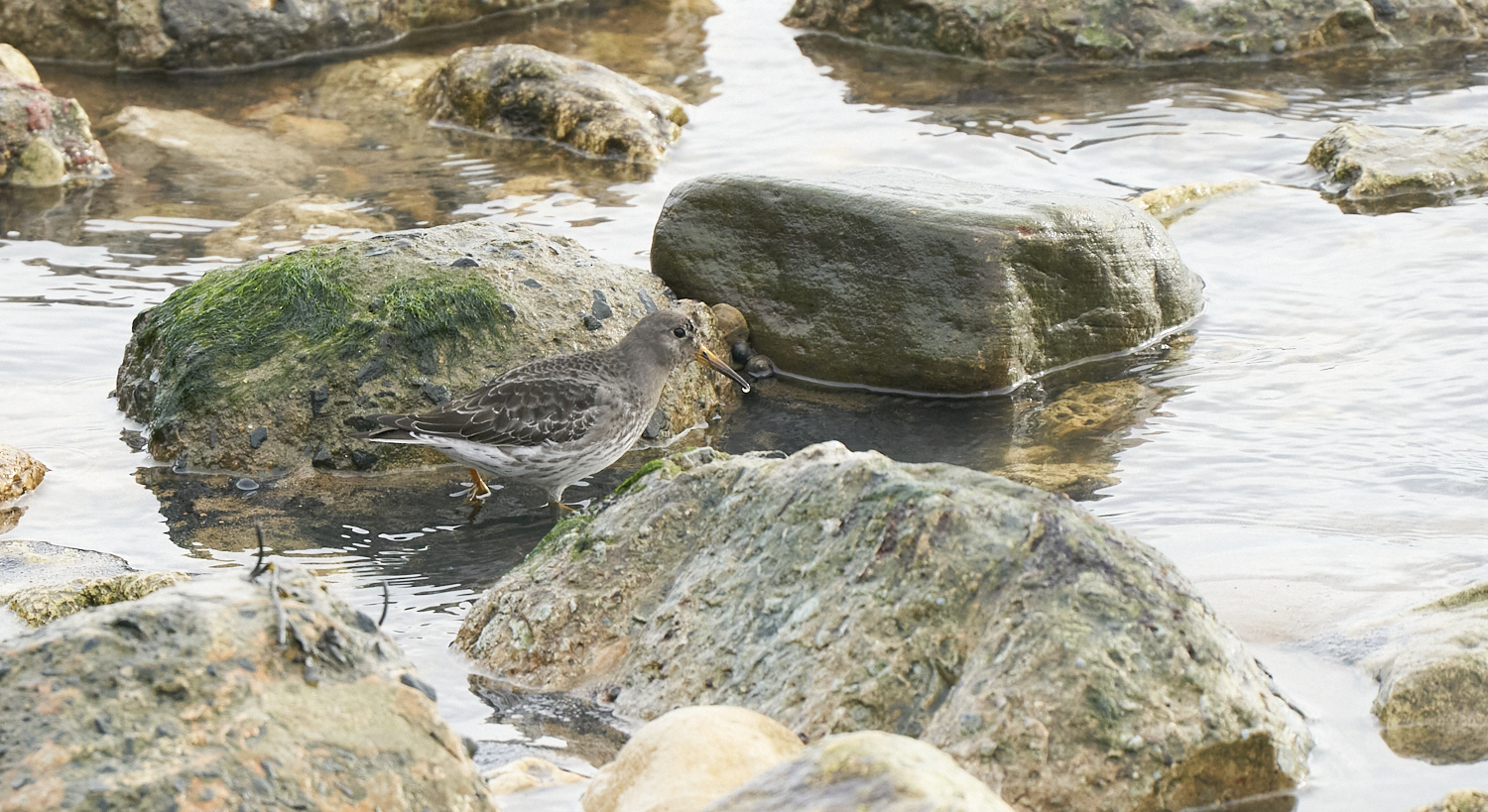
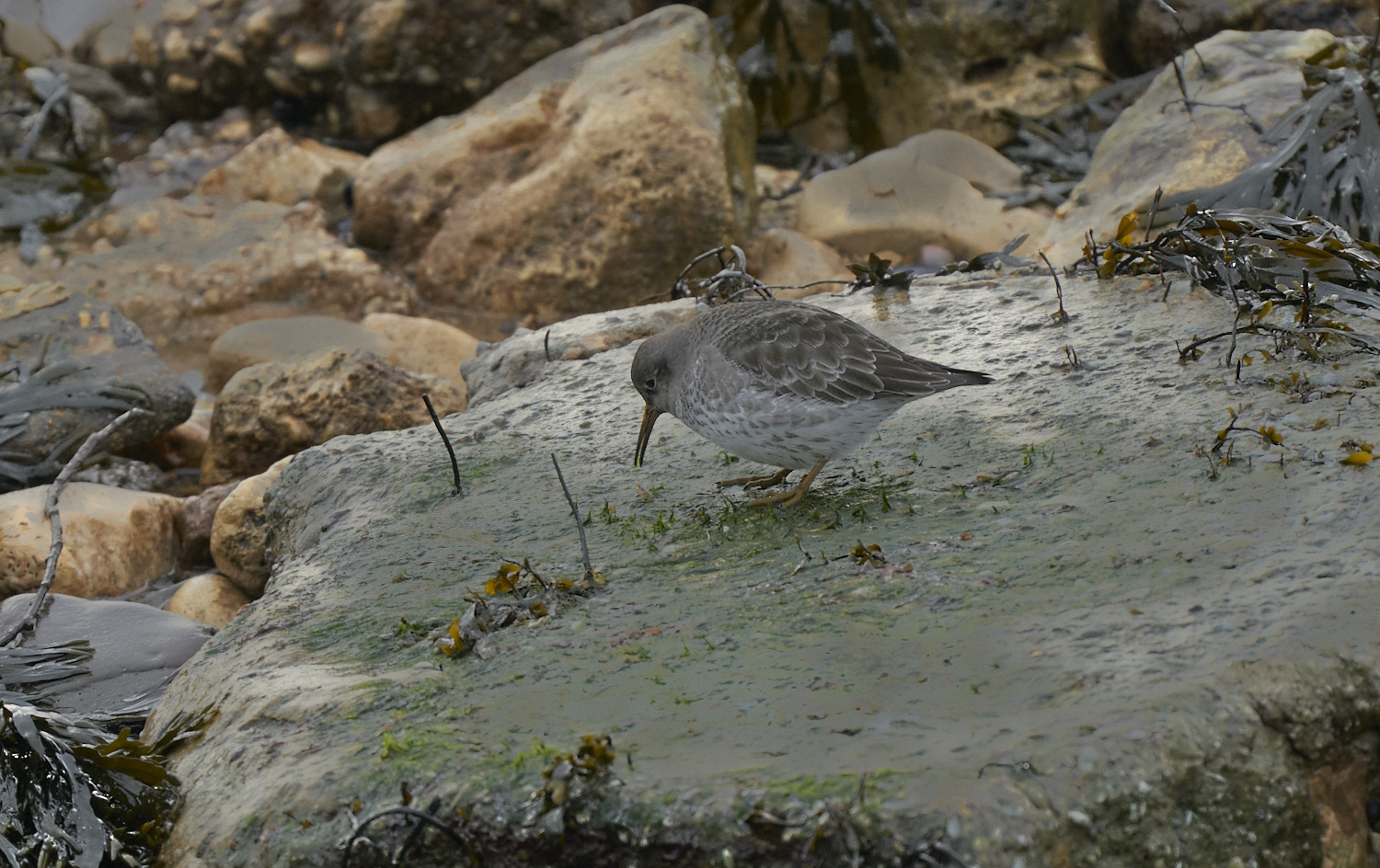
The Purple Sandpiper (above)have the most northerly wintering range of any other wader. This small pot bellied bird is a very hardy bird, they can and do breed in the lowlands of Arctic Canada. You can often observe them constantly probing soft ground, lichen and sandy sores for food, they never seem to stop moving. They are often miss identified as Turnstones or Turnstone young. We are quite lucky in that we have some very reliable sites to see them like Hartlepool, Scarborough and the harbour walls in Bridlington.
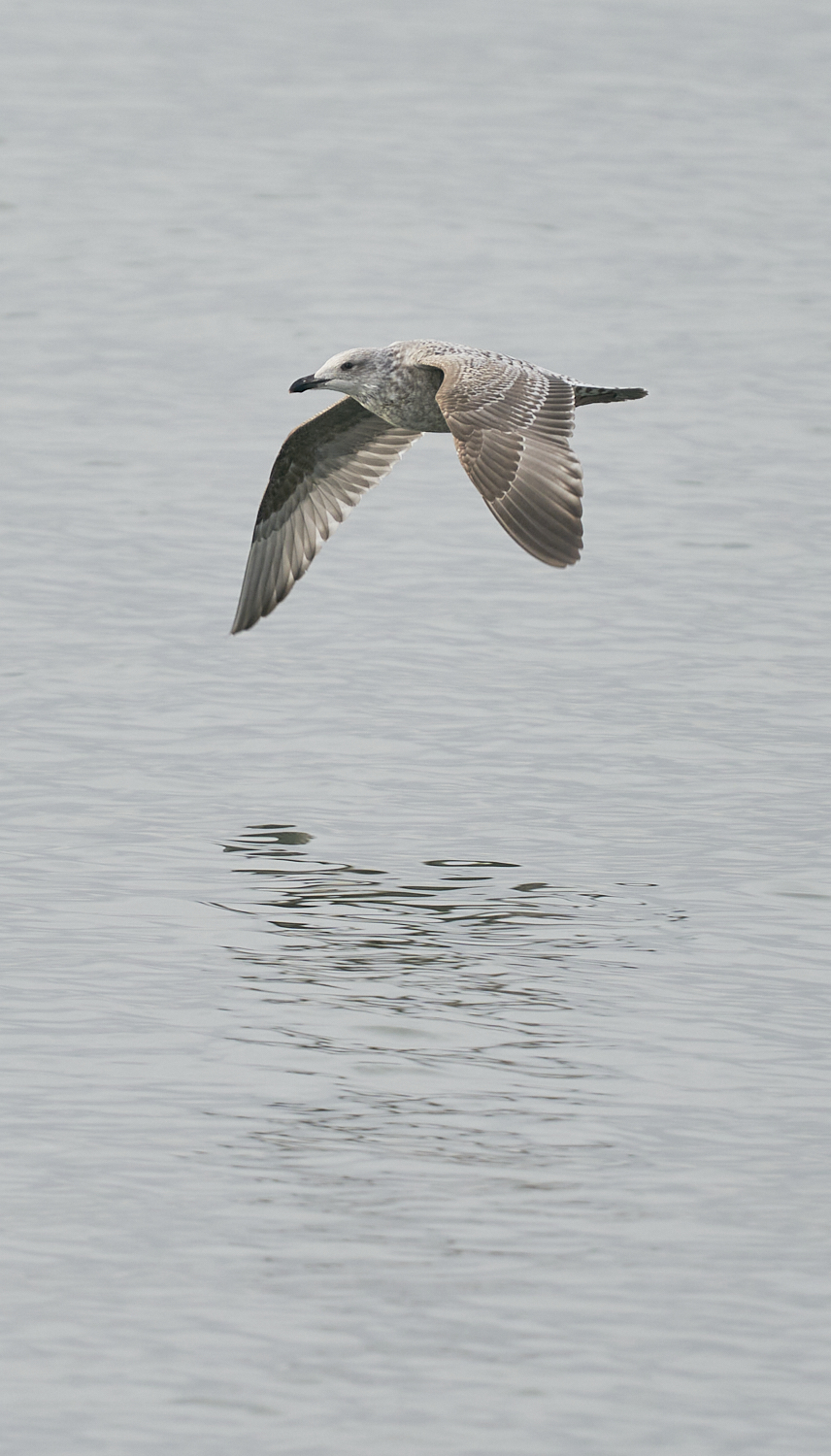
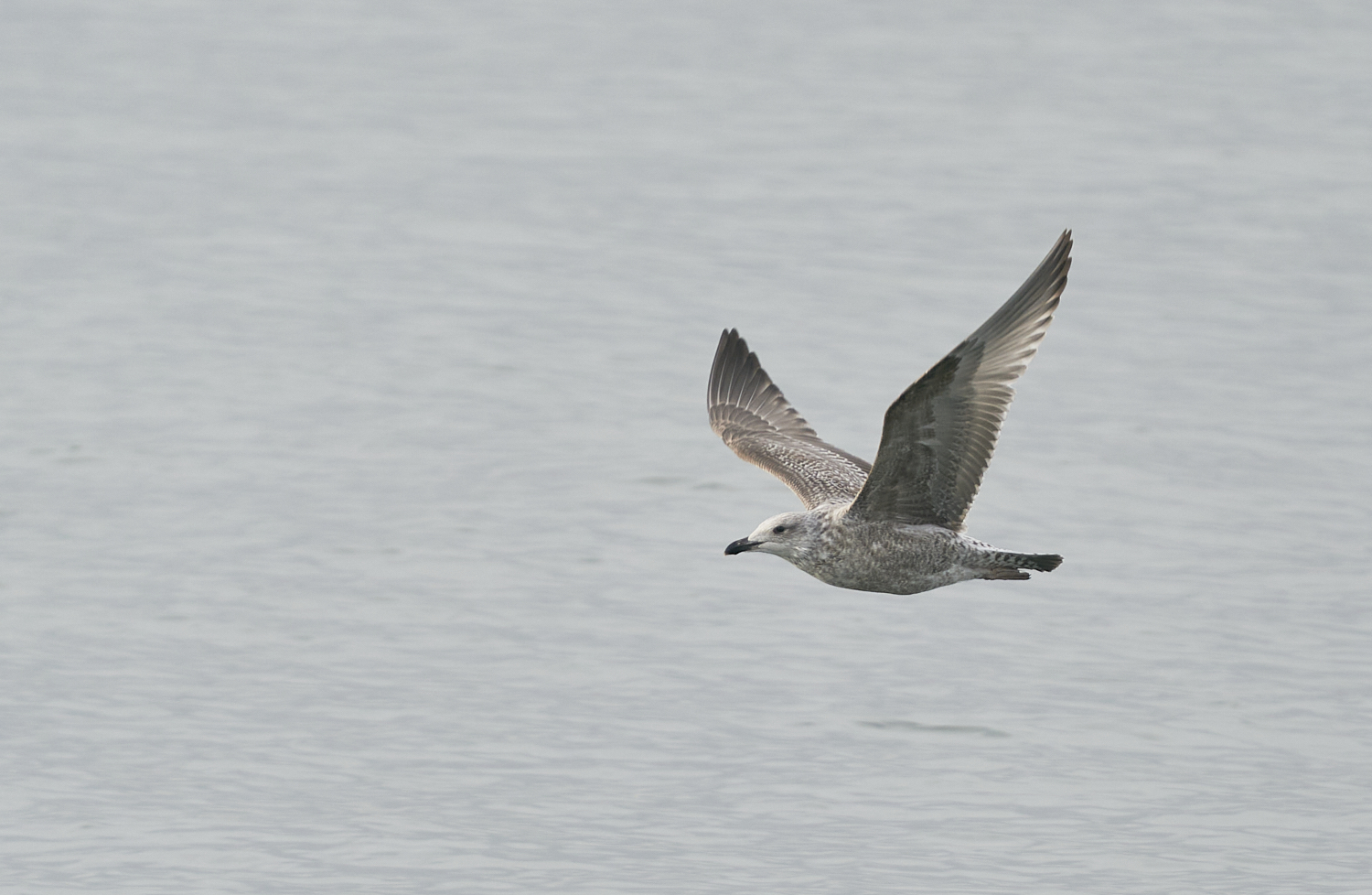
The Phil Stead hide at Saltholm really is a great hide, often full of very friendly people from Teesmouth Bird Club @teesbirds1 on "X" Club membership is £16 for the year and along with York Ornithalogical Club represents the very best in birding @yorkbirding.
From here I got immediate views of Great White, Cattle Egret (hiding in the reeds) and little Egret which was fabulous. Some pretty poor images below.
